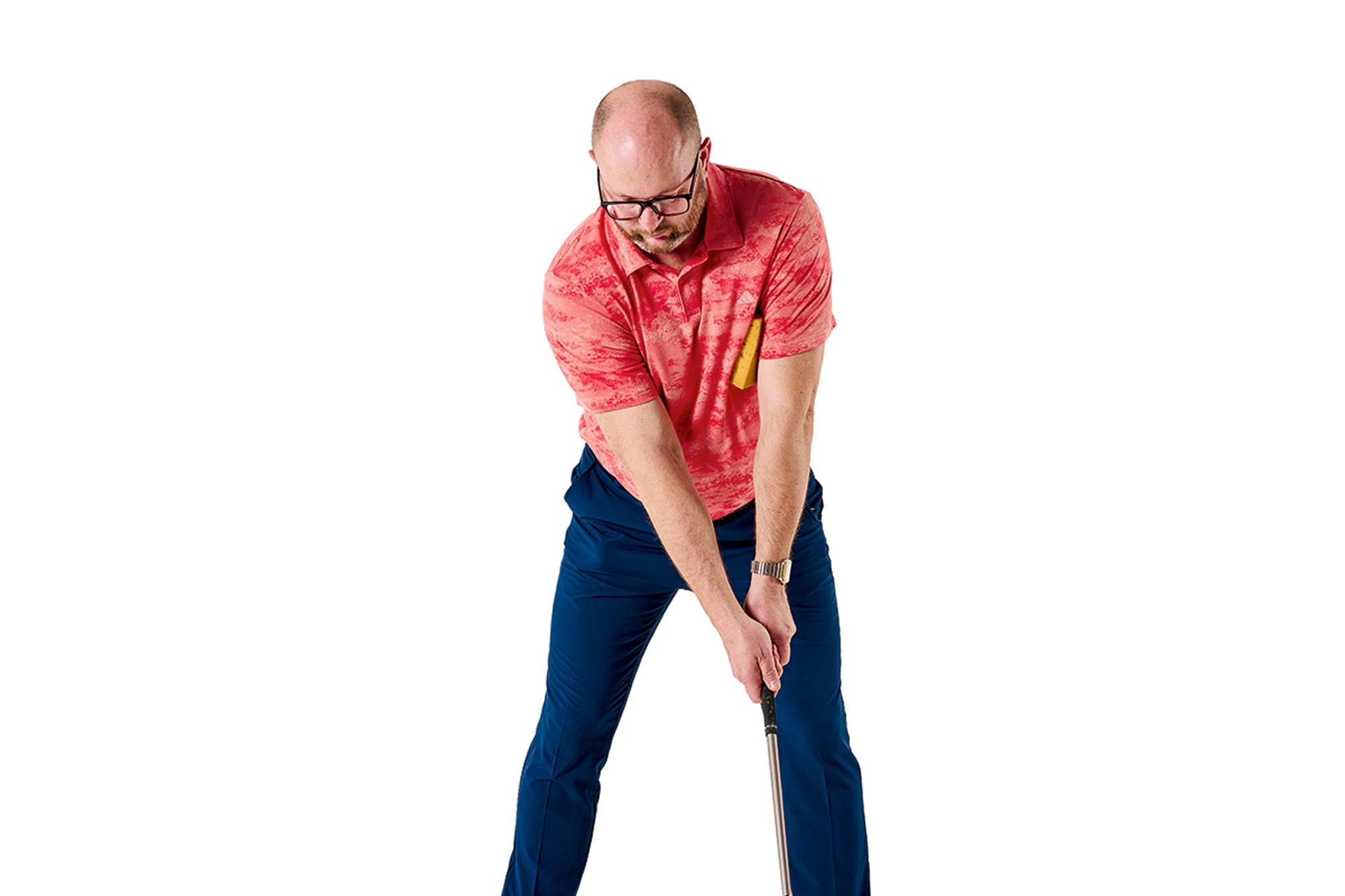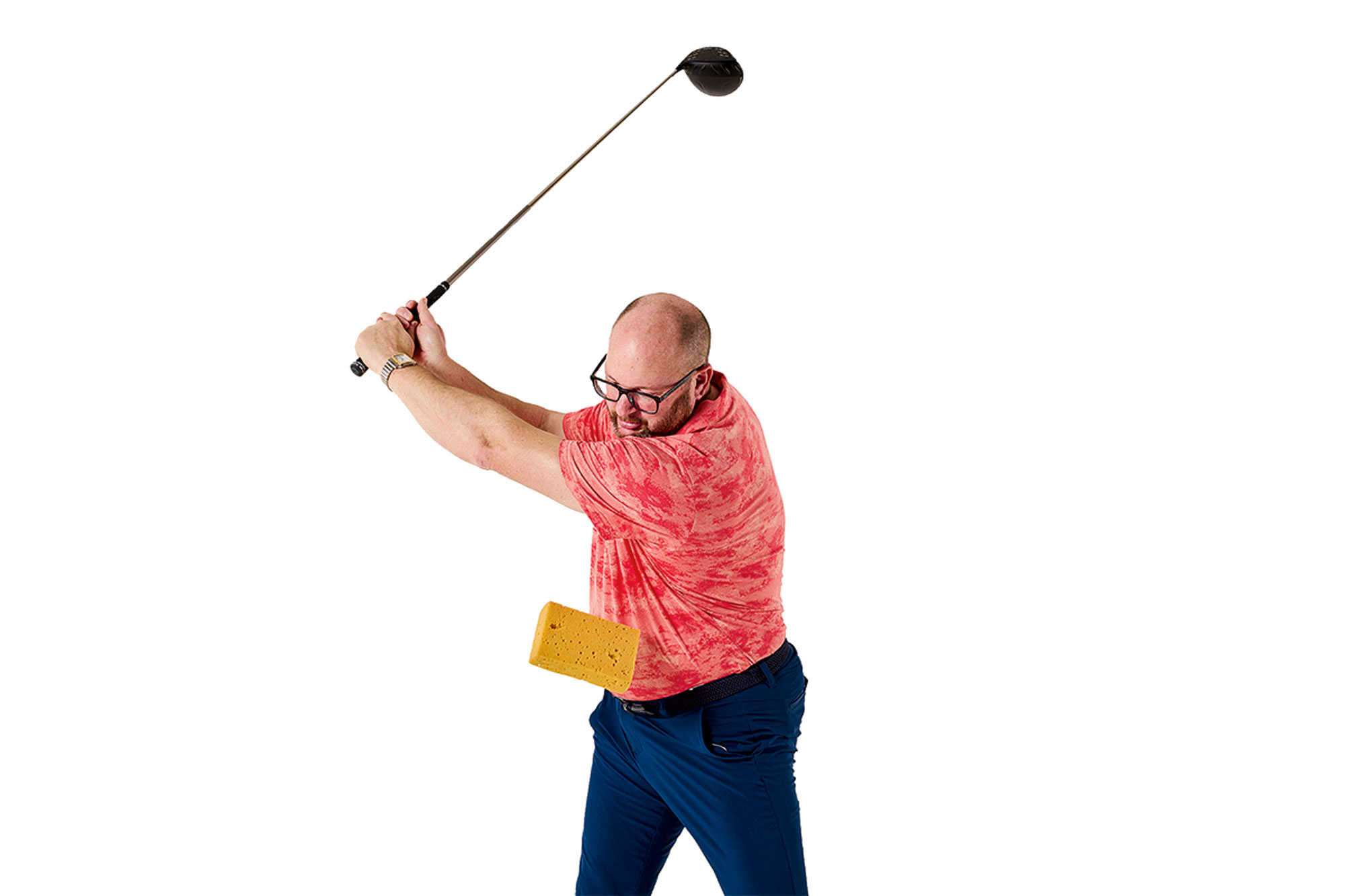
As a PGA professional, and someone who has coached countless amateur golfers to improve their golf swing, I am always on the look out for creative and cost-effective ways to help you shoot lower scores.
The best golf drills use a variety of the best training aids on the market - but they don't all have to be super high-tech.
To prove my point, I wanted to share one such example with you today - using the magical properties of a humble household item - the sponge.
So, raid your kitchen cupboards or head to the local supermarket... because with this drill you could play your best ever golf in 2025!
My Cheap Training Aid That Can Improve Your Golf Swing
My students having notched up wins in the Spanish, French, Dutch, Scottish and English Amateur Championships, as well as the St Andrews Links Trophy, so I know what it takes to coach a solid golf swing.
I have delivered thousands of golf lessons in my career, to players of all abilities, but one of the most cost-effective ways that any golfer can improve is by using trainings aids that are available in the home.
'Every golfer should carry a sponge in their golf bag'
It's time to chuck out the empty crisp packets, broken tees and half eaten flapjack, because it's time to replace the garbage with something that will actually improve your game.
Every golfer should carry a sponge in their golf bag. It can be used for so many drills and it’s extremely light so won’t take up any room.
In this scenario, I’m using it to prevent my arms working against their natural synergy with the chest.
Take your driver set-up, and fit the sponge nicely under your left armpit as here. Try not to let it get too far down towards your elbow, though, as this can be overly restrictive.

Now, swing to the top. Note below how the sponge has dropped, meaning your lead arm has unplugged itself from the torso and is now ‘out on its own’.
Golfers who do this will typically allow the arms to front-run outwards in the downswing, causing that dreaded ‘over the top’ move most of us hate.
The sponge shouldn’t drop until well past impact – around chest high on the way through – to help you create a fully unwound finish.

Conversely, see how the sponge remains in place here.
This means that as long as you turn your torso properly, your arms will be travelling correctly and will have retained a good working relationship with your upper body.
Repeat this drill to help you manage your arms and the role they play in setting up your downswing.

What other golf drills can I do with a sponge?
Plenty of golf drills can utilise a sponge - but one of my favourites can help you to banish the shanks.
Take your normal setup, ensuring you have the perfect golf grip and the correct ball position, then place the sponge no more than a centimetre outside the ball at address.
Half the sponge should be ahead of the ball and half should be behind, meaning it's perfectly centred to the ball position.
The drill is then simple, just make sure you don't hit the sponge through impact. This will train your swing to avoid that horrible shank-inducing outward move, and should help you to shoot lower scores on the golf course.
What does 'over the top' mean in golf?
Coming over the top in the golf swing is a common fault seen in amateur golfers, particularly high-handicappers or beginner players.
Essentially, coming over the top usually means that the golfer is excessively reliant on the upper body in the downswing - leading to the club travelling outside its normal plane and coming to impact from out to in.
This can lead to a slice, where the ball moves severely from left to right in its flight, often costing amateur golfers shots (and lots of golf balls).







